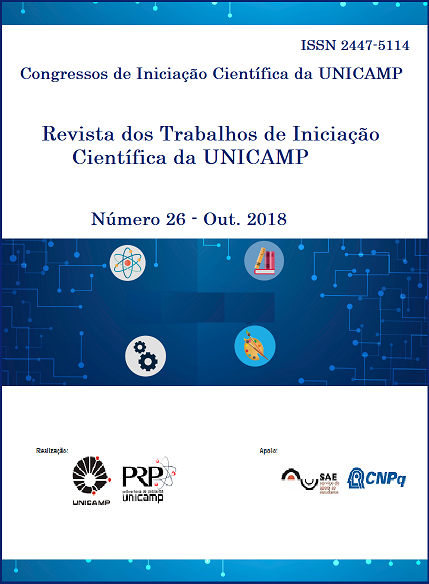Resumo
Ten healthy male individuals were randomly evaluated in two exercise sessions (with or without music during the tests). They were submited to an incremental running test (3-min stages; initial intensity equal to 7 km.h-1 and 1 km.h-1 increments; treadmill inclination equal to 1%). The music´s motivation were adressed by the Brunel Rating Music Inventory- 2, considering the most motivation on top of the playlist, and then yours subsequents. Anaerobic threshold intensity (iAnT), blood lactate concentration ([Lac]iAnT) and heart rate (HRiAnT) at anaerobic threshold intensity were considered as physiological parameters. Psychophysiological scales such as Perceived Exertion (PSEBorg), Perceived Effort (PSEFoster) and Estimation of Time Limit (ETL) were used for psychophysiological analyses. Time to exhaustion (T.T) was considered as performance parameter. No differences were found between iAnT (p=0.248), [Lac]iAnT (p=0.786), HRiAnT (p=1.000) an T.T (p=0.055). However, 70% of the sample presented better performance with asynchronous music was inserted (p=0.003). Significant differences were visualized for PSEBorg (AM= ;WM= ;0,042) and ETL (AM= ;WM= ;p=0.015). In sumary, for 70% of the evaluated sample asynchronous music exerted ergogenic effect on the physical performance in an incremental running protocol attenuating the psychophysiological responses without changing physiological parameters.
Todos os trabalhos são de acesso livre, sendo que a detenção dos direitos concedidos aos trabalhos são de propriedade da Revista dos Trabalhos de Iniciação Científica da UNICAMP.
